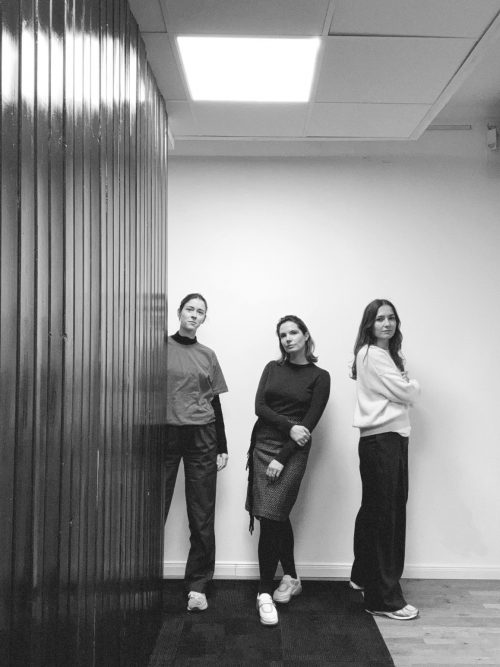
Groupshow
COLAPSO
Project Info
- 💙 TEA Tenerife Espacio de las Artes
- 💚 Paula Ramos Mollá and Yosi Negrín
- 🖤 Groupshow
- 💜 Curators
- 💛 M. Laura Benavente Sovieri
Share on
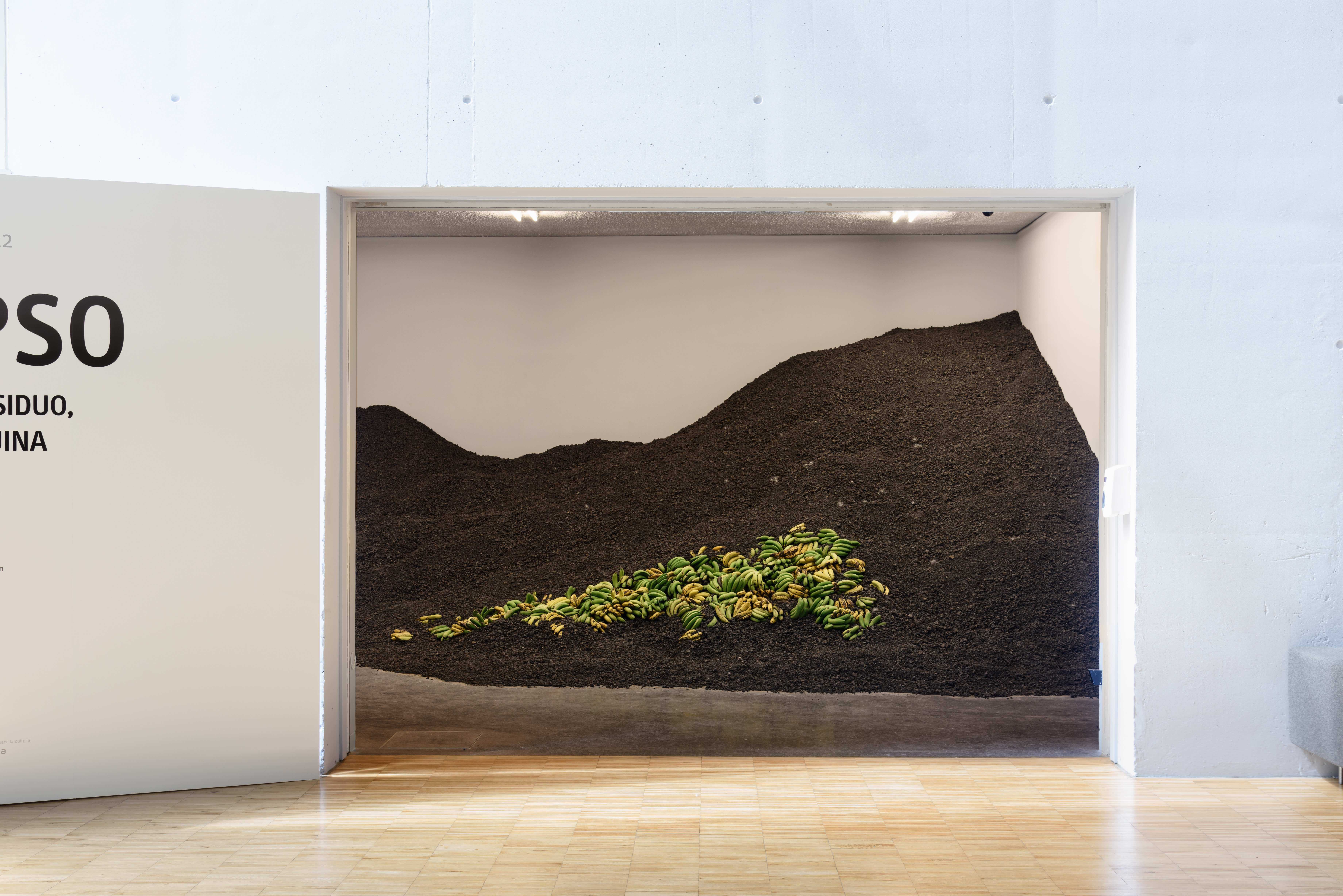
Entrance exhibition, Pica (2022), Rafael Pérez Evans.
Advertisement
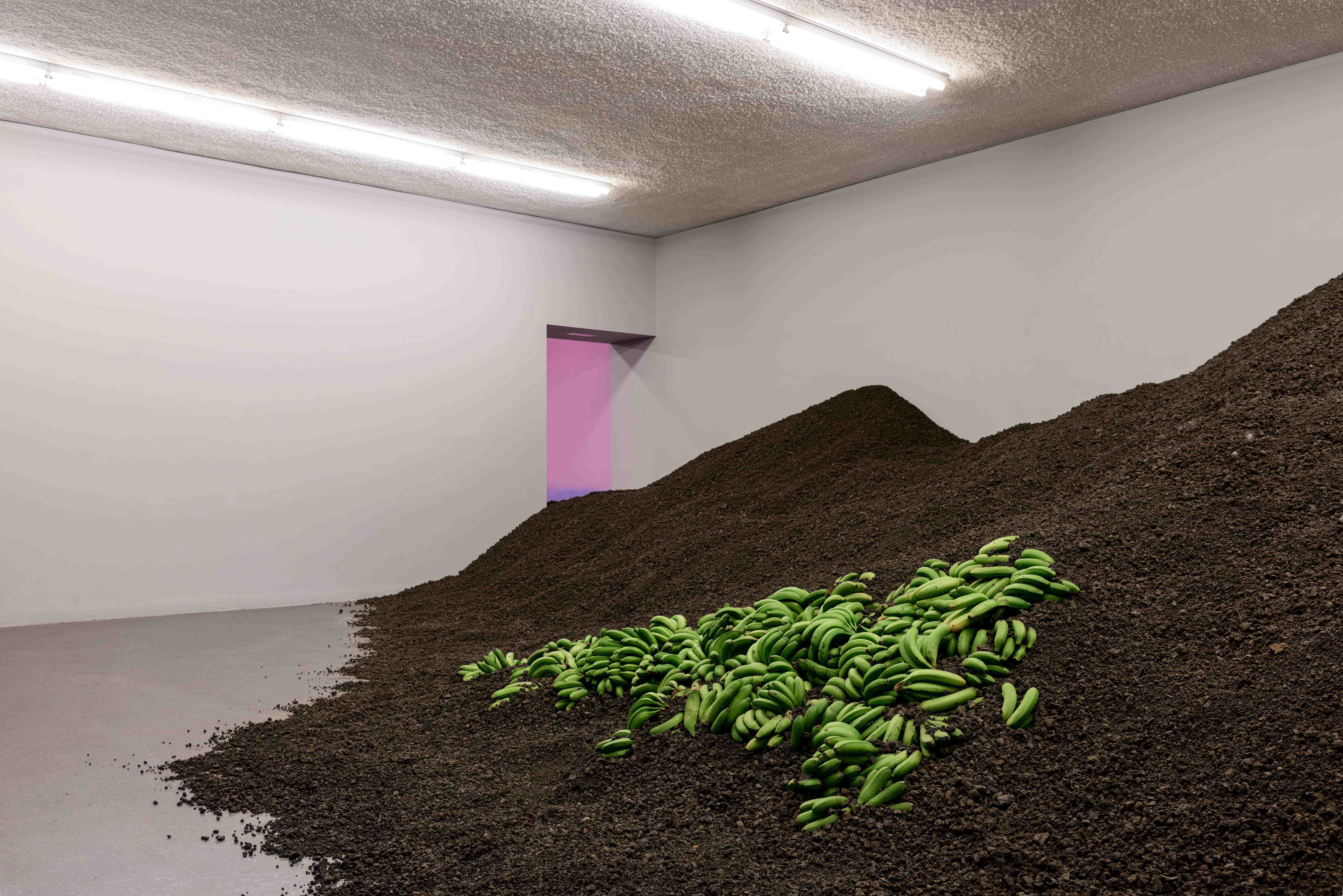
Pica (2022), Rafael Pérez Evans.

Pica (2022) Rafa Pérez Evans (2)

_22 Burning Phones Calls_ (2022), Shanie Tomassini
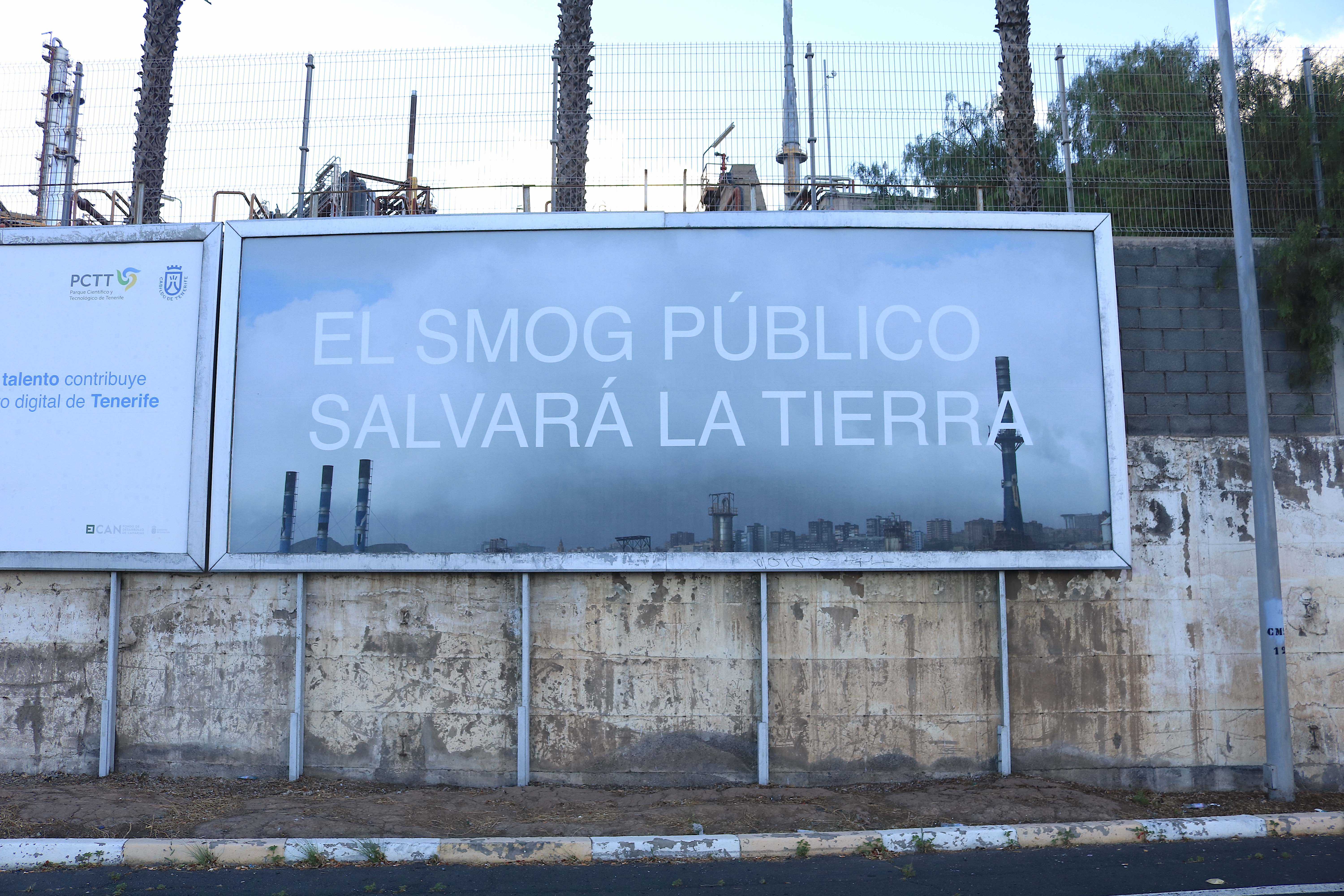
_Public Smog_ (2022), Amy Balking, outside museum
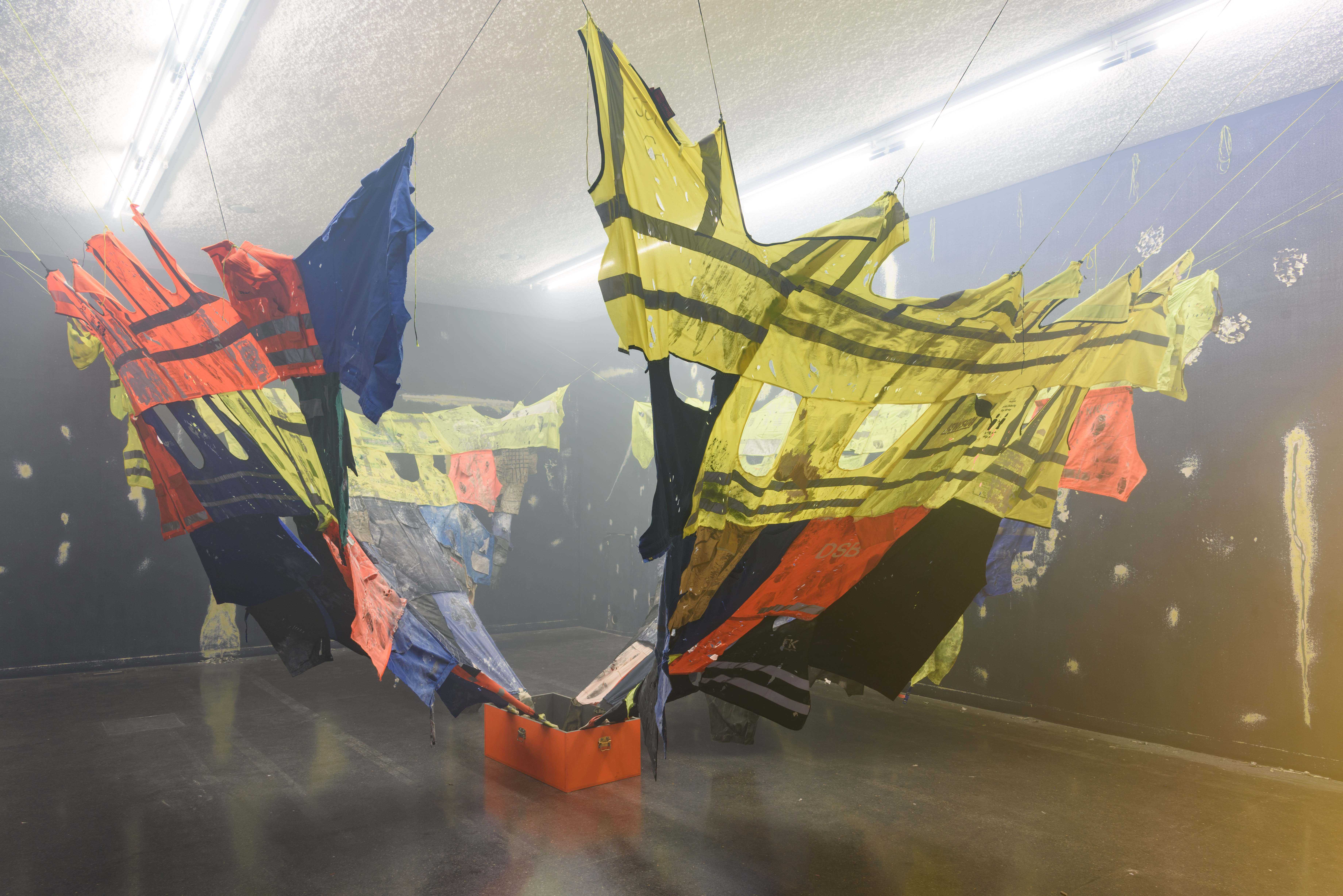
_Untitled_ (2022), Marcin Dudek

_Untitled_ (2022), Marcin Dudek
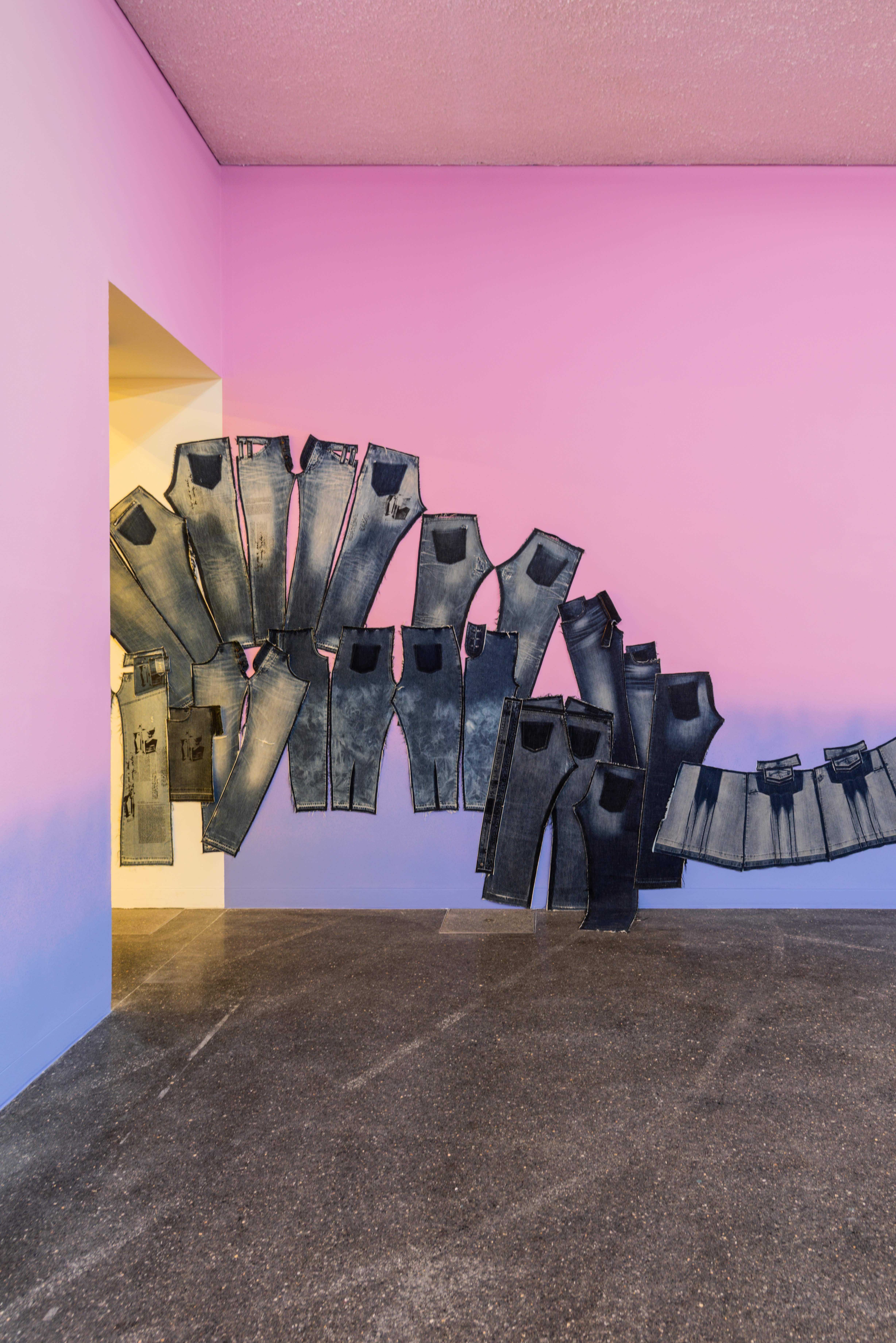
_Why press a seal on running e water_ (Stubborn)_ (2022), Lucía Bayón

_Why press a seal on running e water_ (Stubborn)_ (2022), Lucía Bayón
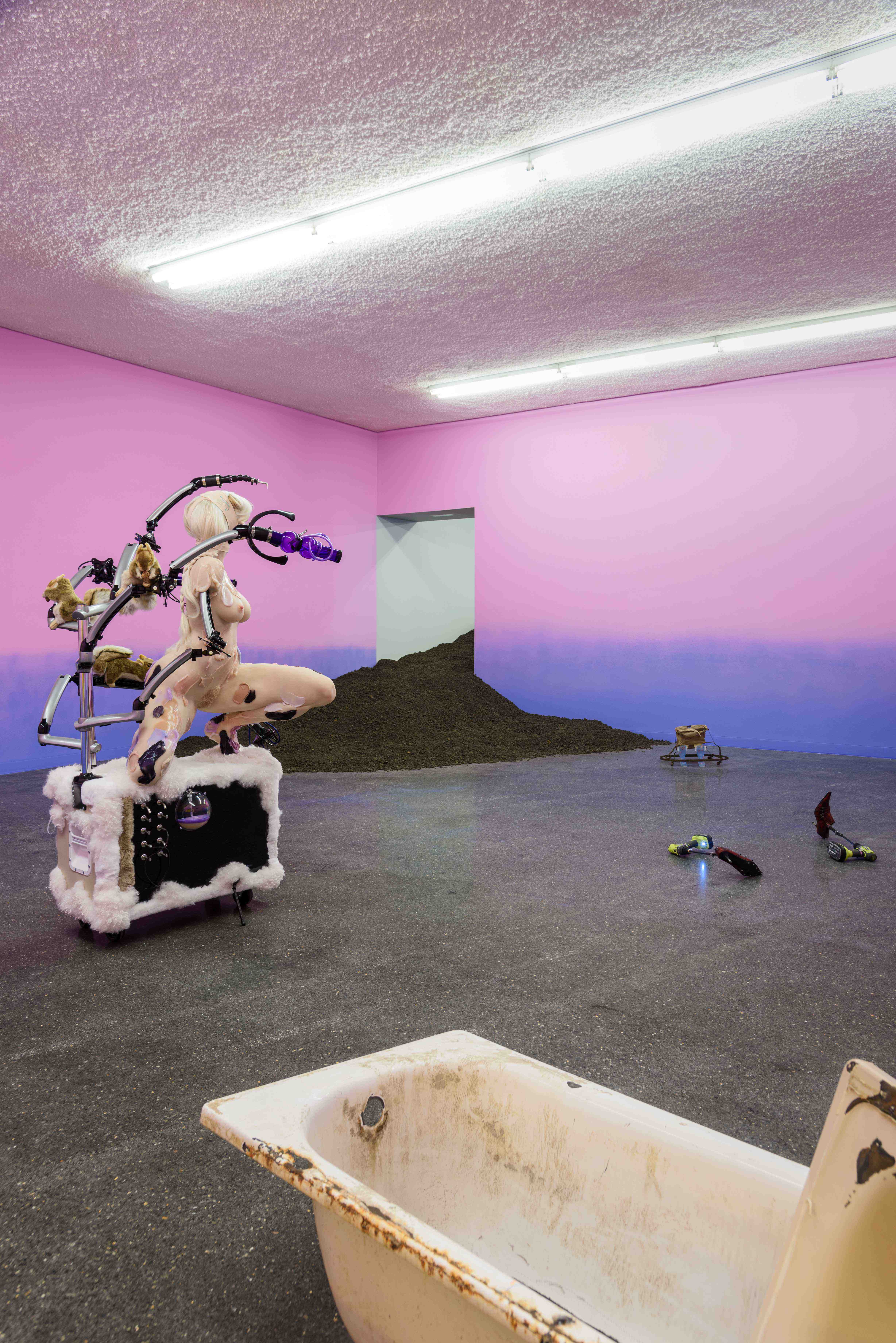
Back to front_ _Pica_ (2022) Rafael Pérez Evans, _Antonieta_ (2019) Berenice Olmedo, _Double Douse of Zen_ (2021) Cajsa von Zeipel, _Untitled_ (2021) Jack Almgren and _Untitled (12 tubs)_ (2022) Bat-Ami Rivlin

From back to front and left to right_ _Ciclos de gestación_ (2022)Lucía Bayón, Maï Diallo y Lucía Dortain collaboration with Cassiopea Acebes Prado, _Untitled (12 tubs)_ (2022) Bat-Ami Rivlin
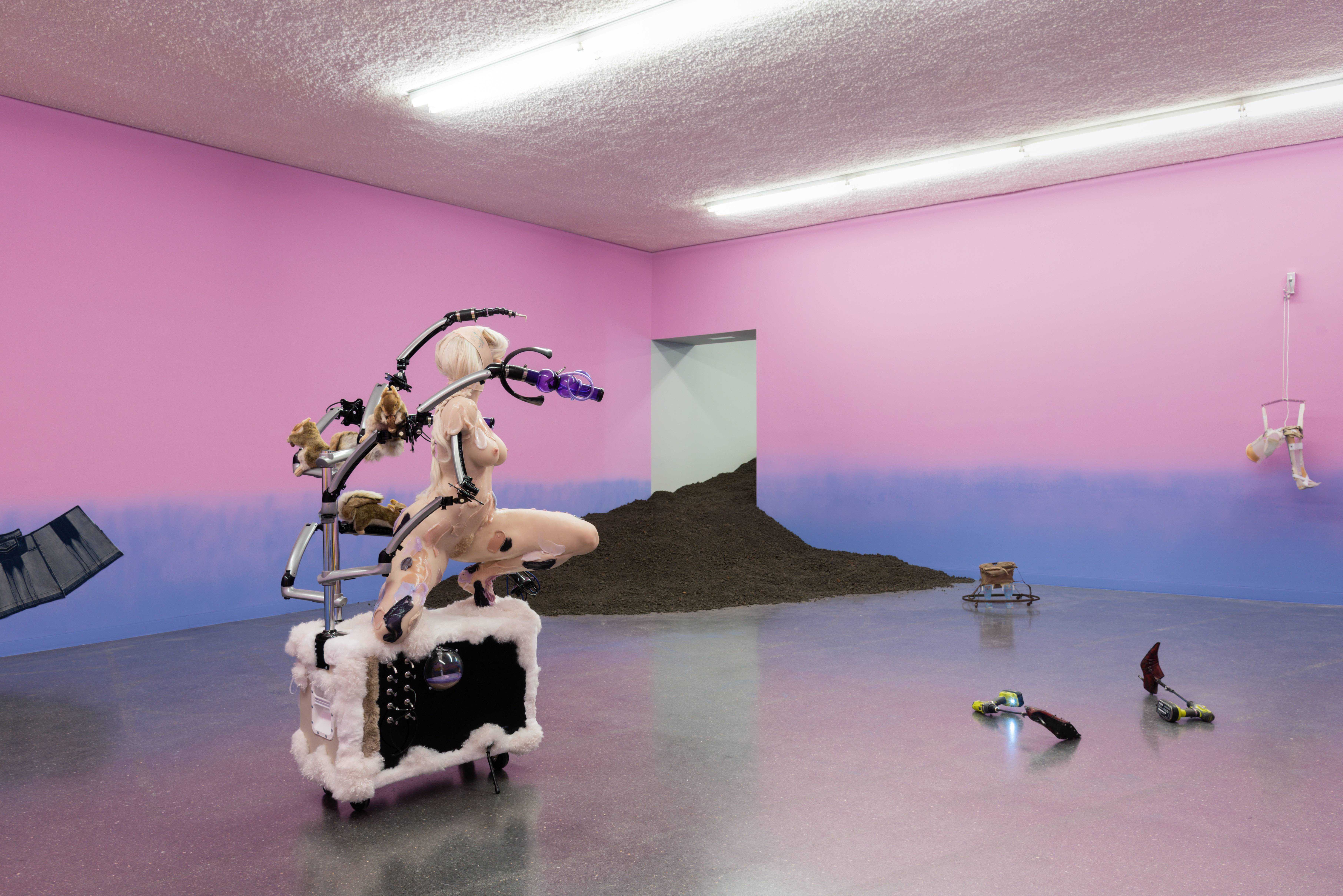
From back to front and left to right_ _Pica_ (2022), Rafael Pérez Evans, _Double Dose of Zen_ (2021) Cajsa von Zeipel, _Antonieta_ (2019) Berenice Olmedo, _Untitled_ (2021) Jack Almgren
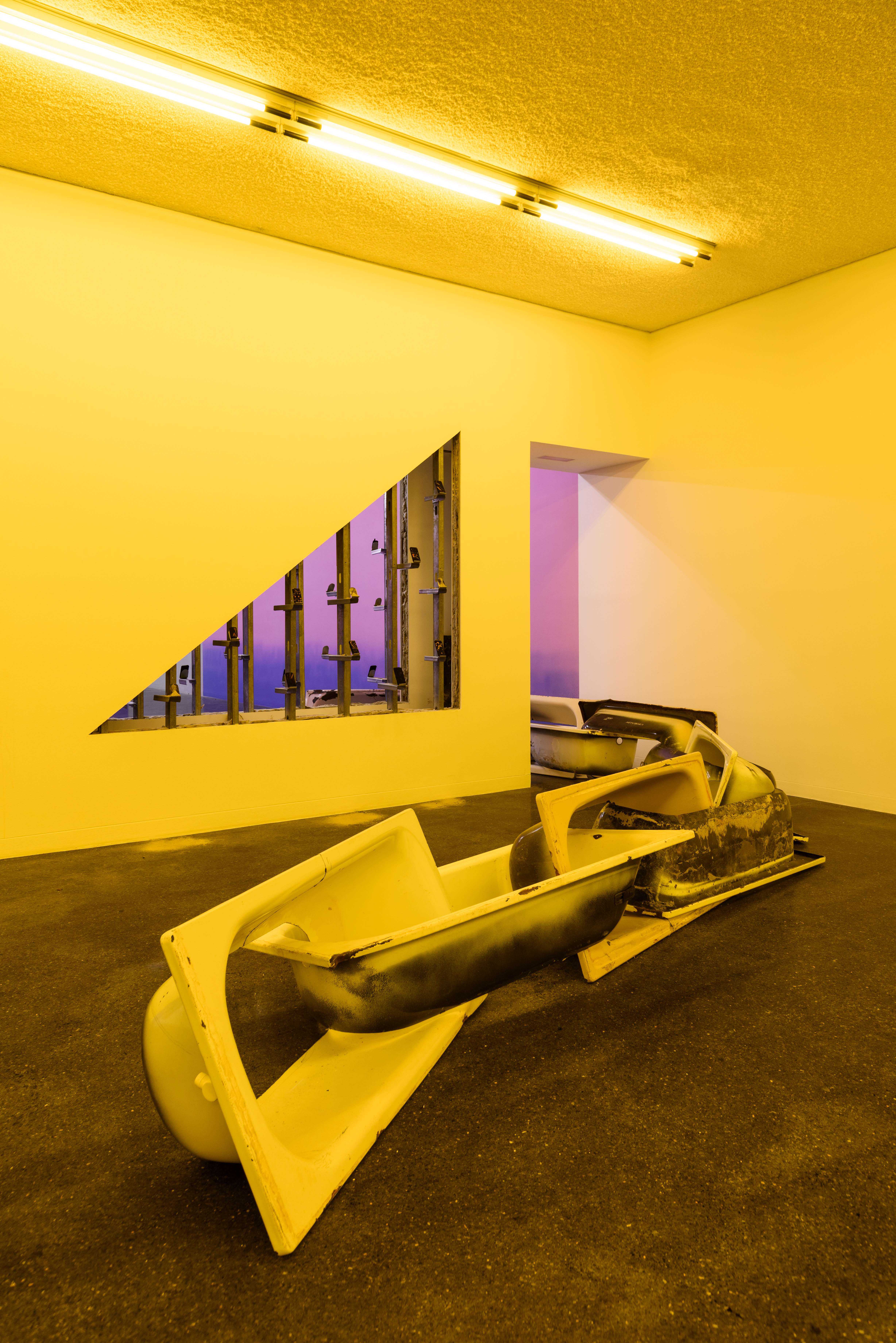
Front to back_ _Untitled (12 tubs)_ (2022), Bat-Ami Rivlin and _22 Burning Phones Calls_ (2022) Shanie Tomassini
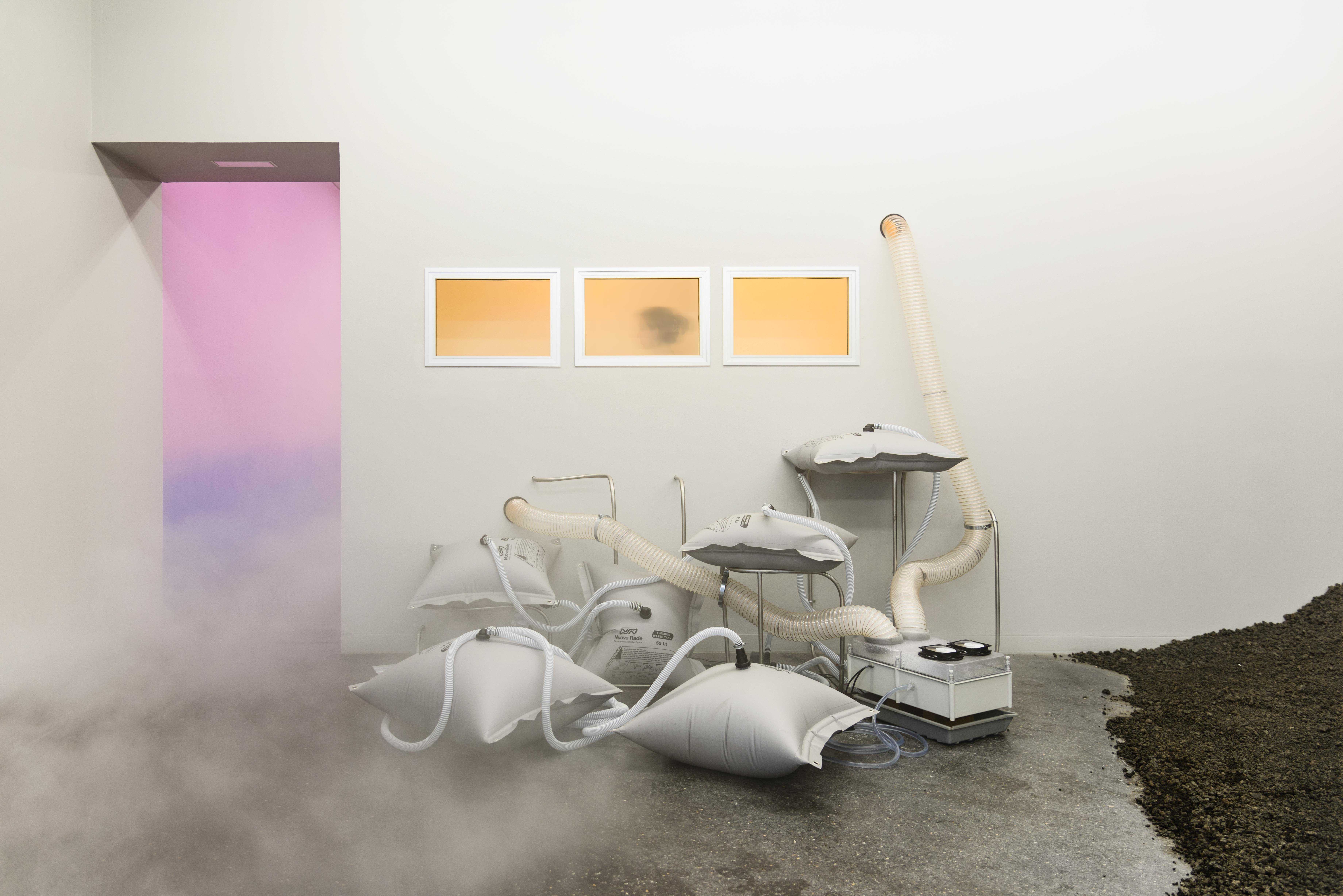
Inés Miño, Mon Cano e Iñigo de Barrón(1)

Left to right and back to front_ Lucía Bayón, _Absolution_ (2021)Céline Struger, _Utitled (12 tubs)_ (2022) Bat-Ami Rivlin, _Ciclos de gestación_Maï Diallo y Lucía Dorta in collaboration with Cassiopea Acebes
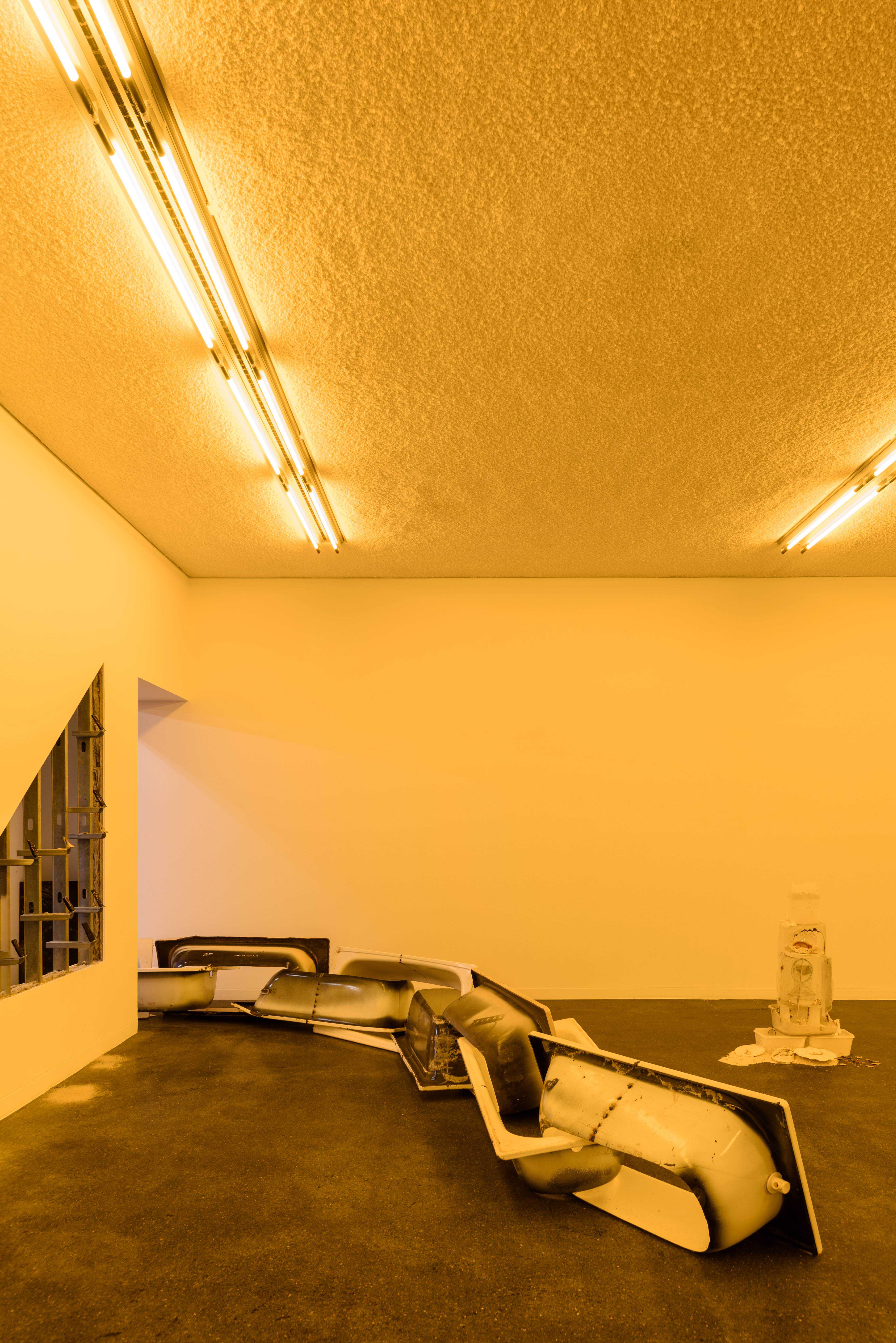
Left to right_ _22 Burning Phones Calls_ (2022) Shanie Tomassini, _Untitled (22 tubs) (2022) Bat-Ami Rivlin and _Un deseo_ (2020) Marina González Guerreiro
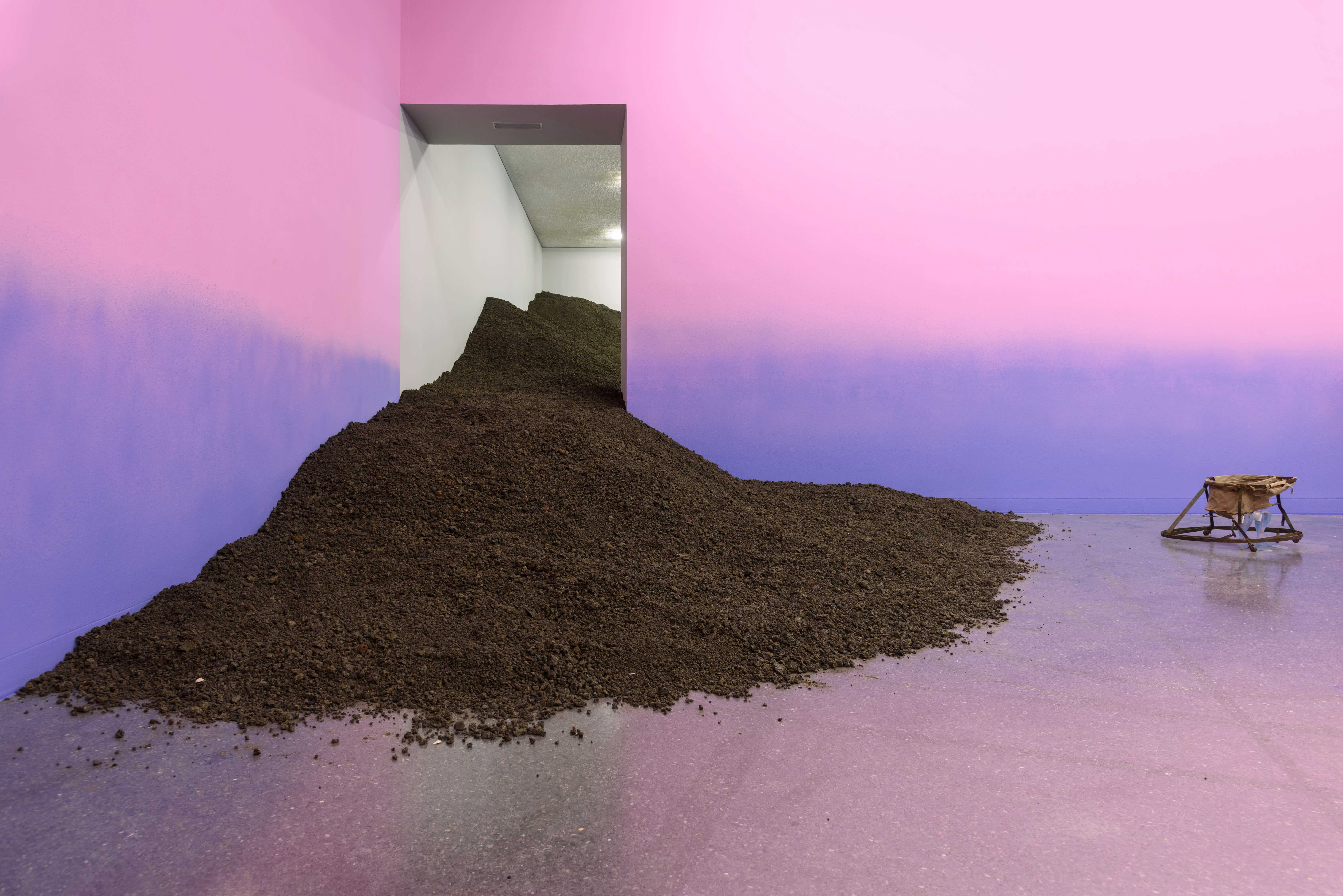
Left to right_ _Pica_ (2022) Rafael Pérez Evans and _Antonieta_ (2019)Berenice Olmedo
What does waste stand for? How do we categorize waste?
COLAPSO seeks to propose a philosophical and artistic approach to the concept of waste, of that which is “left over” – that matter that is out of place. We aim at experiencing the exhibition space as an
accumulation of residual strata, a mutable experiencing that shifts through time and never remains
universal. An exhibition that amalgamates metaphorical, human and ecological waste in three months.
Waste is conceived as the opposite of that which is valuable, permanent. Something that does not deserve to be preserved. In this sense, garbage is that which stands in the way of progress. A form of imbalance of the beautiful and of the productivity chain that regulates and organizes matter. From food waste to human waste – garbage is something we want to hide because it is the frightening yet ineffable consequence of a late capitalist system whose progress has no end. Not even waste itself, paradoxically a concept associated with the end of matter’s life, has an end within late capitalism. Waste can always be recycled, returned to the system which it comes from and which capitalizes even this “second life” of matter. The concept of zero waste conceals an untamed notion of never-ending progress – a utopian fantasy of a self-regulated system.
Rethinking the concept of waste opens up new possibilities to question the system’s ability to regulate,
order and classify matter – human, food, metaphorical – into dichotomic categories such as
useful/useless, good/bad, clean/dirty. We want to rethink the concept of waste as a non-productivist
element that questions a system of power - who or what is “left over”? Walter Benjamin uses the character of the chiffonier or Lumpensammler to exemplify his notion of the dialectic image – a present momen enlightened by the past, where the truth is unveiled by our own personal and sensorial experience, as Susan Buck-Morss explains it herself. The political power of waste emanates from this quest among debris – both the poet and the chiffonier are intrigued by waste.
COLAPSO engages with a concept of the dialectical image which emanates from waste, in a way that does not stand in a negative relation with the notion of “hygiene” but that identifies as debris – an affirmation of the decadence of the ruin in itself. In words of Slavoj Žižek in Living in the End of Times: “The idea of ‘recycling’ involves the utopia of a self-enclosed circle in which all waste, all useless remainder is sublated: nothing gets lost, all trash is reused”. For Žižek, the true ecologist is capable of “accepting waste a such... the inertia of rotten material that serves no purpose”3 . In the same way the postmodern city is characterized by its white and transparent walls, within the neoliberal system, the externalization of corporate guilt towards the individual becomes apparent in the use of “Safety Orange” as the emblematic color of danger regulation, as Anna Watkins Fisher has extraordinary explained previously in her book Safety Orange. Which are the aesthetic externalizations of economic and ecological collapse? What are the chromatic tones of ruins and waste disposal?
COLAPSO shows different ways of working aesthetically with waste – of trying to contain, use, abuse or
rebuild from that which is left over. The etymology of the word ‘collapse’ comes from latin ‘collapsus’ which means ‘total fall’. It derives from the root ‘labor’, which also makes ‘lapso’, which stands for ‘slip’ [‘resbalar’ in Spanish]. When facing waste, we face forgotten knowledge, oblivious. We look into the ruins among which we scavenge. We stand in front of a lapsus menti, having the feeling of a memory which vaguely remains and which we need to historically untangle – one can never forget neither abuse of history, since both attitudes could be devious for our personal and communal sense of responsibility. Instead of waste, we propose to work with these ruins, after entirely collapsing An unavoidable collapse, carved by the incessant economic grow and the constant production of ideas, knowledges and matter – characterized by human dominance during the Anthropocene. The utopia of recycling is no longer possible. We are in need of a total collapse and destruction of a system built around the instrumentalization of people at the margins and the abuse of natural resources which sustain structural inequalities. However, the impossibility of avoiding collapse does not entitle a nihilist position. It means to be open to propose an Other system.
After collapsing – on top of the ruins.
Curators


